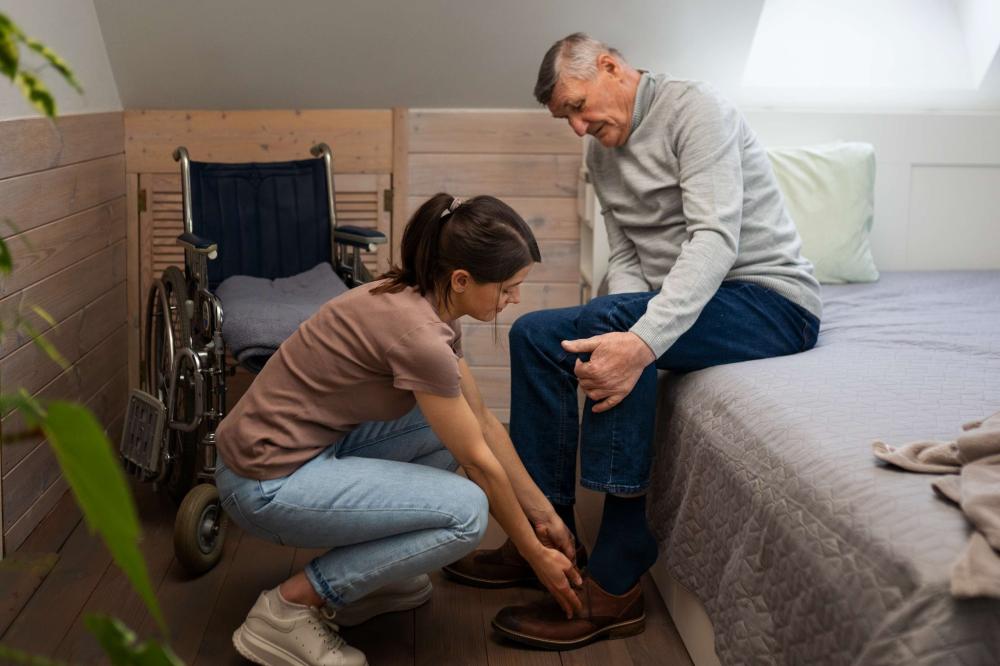Spinal cord injuries can be terrifying. After all, it’s the spinal cord we’re talking about; the protector of our movements and the coordinator of our functions. So when one of the discs is slipped, or more accurately, herniated, it can be a great cause of worry.
Herniated discs can result from many activities. It can result from a sports injury, keeping bad habits of maintaining wrong postures, carrying heavy loads, or other factors. When any of these factors results in back pain, whether or not it’s accompanied by other symptoms, it can mean that there’s some kind of disc herniation.
But How Severe Can A Herniated Disk Be?
The severity of the herniated disc can be measured by two factors: how painful and limiting the symptoms are, and the diagnosis of the herniated disc.
Symptoms Of A Herniated Disk
Weirdly enough, a disc can become herniated without showing any symptoms. However, individuals suffering from herniated discs can experience any of the following symptoms:
1. Back pain of varying intensities.
2. The pain can extend through the legs as well.
3. The pain gets worse whenever they stand up, bend over, or sit down for prolonged periods.
4. The pain gets worse on sneezing or coughing.
5. A feeling of numbness in a leg or an arm, that can also be described as “pins-and-needles” type of sensation.
Diagnosis
On a diagnostic level, the severity of the herniation can be categorized into three levels, regardless of the symptoms.
1. Prolapse: the outermost layer is still in place, but the disc is bulging out of the vertebrae.
2. Extrusion: the outermost layer has a tear that’s spilling the spinal disk tissue outside, but the tissue is still connected to the disk.
3. Sequestration: the spinal disk tissue has completely been spilled to the disc canal.
Treatment Options
Depending on the severity of the pain and the development of the herniation, your doctor can prescribe you different courses of action. Your treatment options include the following:
1. Medications
The first course of action that many doctors will follow is to prescribe you medications to deal with the pain. There are many occasions in which a herniated disc will heal on its own, so they’ll just give you pain relief medications to cope with it. On more serious occasions, a steroid injection may be deemed necessary.
2. Physical Therapy
Physical therapy is one of the physicians’ favorites when it comes to treating herniated discs. In your physical therapy sessions, different instruments will be used to apply heat therapy and electric pulses to accelerate the healing process.
3. Chiropractic Care
Chiropractic care also works miracles in addition to physical therapy. If you know a great Sports Chiropractor, then you should consider experiencing some of their techniques that work in retrieving herniated discs back into place without any complicated procedures. For instance, the Mckenzie method is a popular chiropractic practice that helps in sealing up the cracks and accelerating the healing process.
4. Surgery
If the damage has reached a serious level, your doctor may find that a surgical procedure is necessary to control the damage.
Herniated discs can be pretty painful; limiting your ability to perform daily activities. The severity of the damage can be based upon the pain intensity and the diagnosis of the case. When it comes to treatment options, most physicians will start with non-surgical options, such as medications, physical therapy, or chiropractic care. Surgery is usually the last option; reserved for critical conditions.








